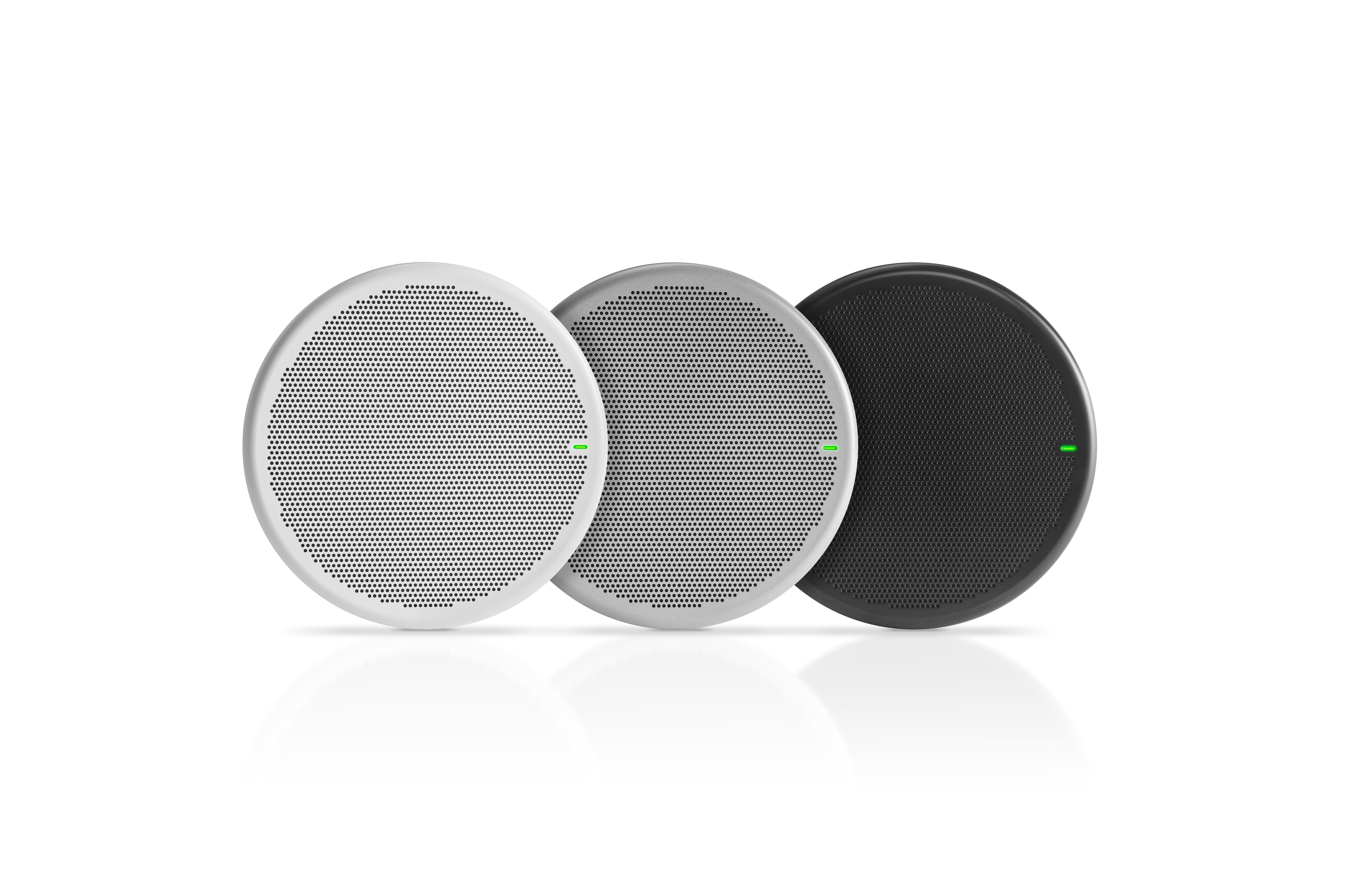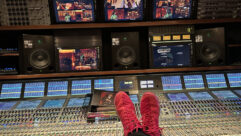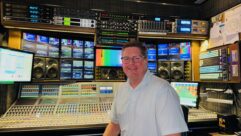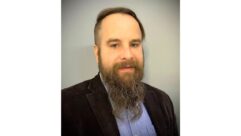
New York City (April 22, 2025) — Waverider Audio is an end-to-end location sound and post-production collective with a roster of satisfied A-list clients as vast and diverse as New York City itself. From documentaries to TV series to feature films to advertising and tech videos, they do it all. Headed up by Jordan Moser, projects include Netflix’s Fyre, unpacking the ill-fated Fyre Festival; FEDS, which shadows real FBI agents; the UFO series The Proof Is Out There; Erased: World War II’s Heroes of Color on Disney+/Hulu; American Dynasty on Fox Nation; sportscasting for the National Hockey League; and supporting web content for West Elm as well as Harry Potter and the Cursed Child. Moser has a Lectrosonics wireless solution for any application, including his current go-to pairing of SSM ultra-compact transmitters with SRc dual-channel receivers. He also runs SMQV and HMa transmitters with his “old reliable” UCR411a receivers and plans to acquire a DSR4 digital four-channel receiver soon. Moser spoke with Lectrosonics about how their equipment has been a lynchpin of his career.
“I’ve always been captivated by the recording process. When I was 15, my dad gave me my first 8-track digital recorder, and I was hooked,” recalls Moser. “After earning a degree in Sound Recording from the University of New Haven, I worked in several music studios. As the in-house engineer at Mixology Post in Manhattan for five years, I refined my skills. After befriending a production sound mixer working on a soundstage nearby, I was intrigued to learn more about his world of audio. I barraged him with questions like, what happens if you forget to hit record, or your SD card gets corrupted?”
This curiosity soon uncovered the wireless choice of the pros Moser sought to join. “Even during my early years, I knew from countless sound mixers that Lectrosonics made the best, most reliable wireless out there,” he says. “When I held an SMQV in my hand for the first time I understood why. It had rock-solid build quality, incredible sound, and most importantly, unwavering reliability in the field. I first used a 411 and SMQV combo on the set of a feature film called Mojin: The Lost Legend. I found that these transmitters could be tuned and sent off with talent without concern. The signal held up incredibly well and the battery lasted all day.”
Moser still uses that UCR411a and SMQV but opts for a more compact solution for much of his more agile work. “I love my SRC/SSM combo,” he notes. “It’s perfect for bag work around New York City. They’re my go-to for run-and-gun documentary work, where having two channels in a small footprint is a must. I still own several 411s and SRb receivers for high lav-count days, but the SRC’s wideband tuning ability is more practical in NYC’s RF-heavy areas.
“The small footprint of the SSM transmitter is a talent favorite. It’s tiny,” he continues. “It blows my mind that pairing an SSM transmitter with a DPA 4060 lav mic sounds imperceptibly close to the robust sound of a boom mic. The built-in limiters are also some of the best, most transparent I’ve heard.”
Lectrosonics is known for weathering tough environments, and Moser’s own story in this regard is nightmare fuel for location mixers. “While working on a documentary with the Army rugby team at West Point, I faced one of my toughest sound challenges,” he explains. “One day, an overcast sky turned into a torrential downpour just as the game kicked off. Standing 50 yards away on the sidelines, I braced for the worst. But despite the massive distance, pounding rain, and sheer physical intensity of the match, I was relieved by how clear the audio remained and how well the signal transmitted across long distances. That’s why I trust my Lectrosonics gear. Despite being soaked and battered, the signal came through perfectly.”
Range is a challenge most mixers routinely face. Working in high-density RF areas is another. Car-to-car work in a major city involves both, and Moser praises Lectrosonics here as well. “During a car scene for FEDS, I was tasked with capturing the audio of two FBI agents talking in the front seat while driving through Baltimore, all while sitting in a follow car with the producer,” he recounts. “I had about five minutes to rig up the car while the agents made small talk with the crew. With limited time and gear, I ran a mix feed to an HMa plug-on transmitter, gaff-taped it to the rear window of the car and hit Record. From the follow car, my SRc picked up the signal flawlessly. I threw my mixer on the dashboard, plugged into the car’s stereo for monitoring, and suddenly, crystal-clear audio was pumping through the speakers. The director was thrilled.”
As to the character of the sound that comes through, Moser describes it as “fantastic. I’ve recorded wide-shot, lav-only interviews that sound incredible. Hitting the limiter ever so slightly on the transmitter does wonders; the signal barely needs further mixing.”
Moser attributes his success to knowing who his customers are, not to mention the role his equipment plays in making their experience trouble-free. “Having solid, reliable equipment allows me to be more relaxed on set,” he says. “I can focus on being my best self for the client and crew, and less on troubleshooting equipment. This is why I rely on Lectrosonics. Their gear makes problem-solving in the field smooth and intuitive, and every piece of equipment is built for versatility and reliability. It’s solid, dependable, and made to handle whatever the job calls for.”
About Lectrosonics
Well-respected within the film, broadcast, and theatre technical communities since 1971, Lectrosonics wireless microphone systems and audio processing products are used daily in mission-critical applications by audio engineers familiar with the company’s dedication to quality, customer service, and innovation. Lectrosonics received an Academy Scientific and Technical Award for its Digital Hybrid Wireless® technology and is a US manufacturer based in Rio Rancho, New Mexico. Visit the company online at www.lectrosonics.com.










